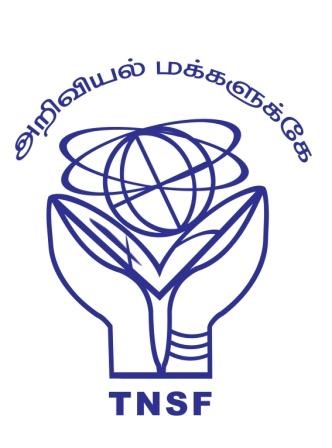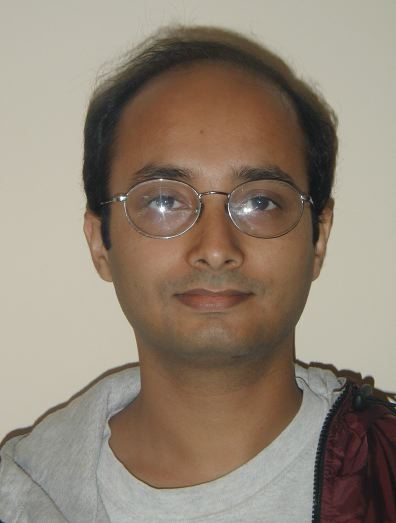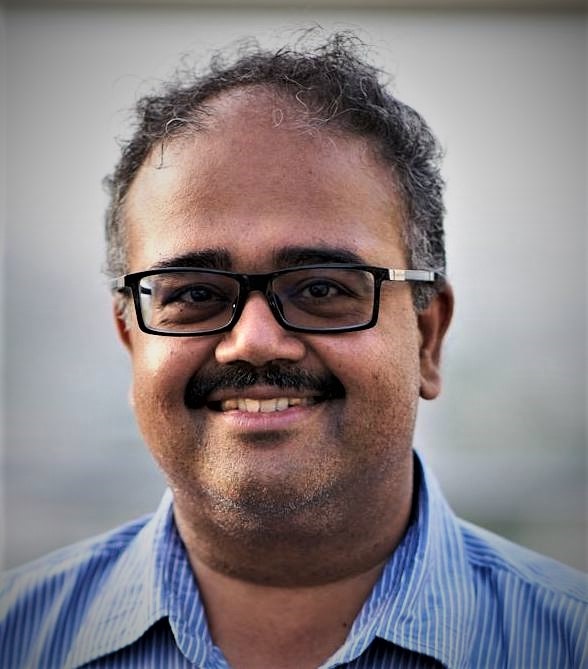About Program

This is part of its efforts to popularize science to the general public and students who are pursuing science as their career. TNSF attempt to focus on students on higher science as everyone knows that learning of science at college within the curriculum is not enough to acquire holistic knowledge of science at the appropriate time. Hence, to fill the gap between what students are acquiring through the curriculum and what it is required, TNSF is planning its activities on higher science to students who are pursuing higher education.

About the Lecture The division between physical and living systems has blurred since the mid-20th century. Scientists like Bohr, Schrödinger, McCulloch, and Pitts showed that life and mind can be explained through simple physical models without invoking "vitalism." Hopfield’s 1982 work linked neuron networks and memory to energy landscapes, introducing physicists to brain science. He demonstrated how brain states transition between energy levels, as in recalling memories. While his model didn't account for the brain's hierarchical structure, Hinton extended it with his Boltzmann machine model, incorporating layers of neurons and giving rise to the deep learning paradigm, which is now revolutionizing AI. The talk explores this journey in understanding the brain through physics.
Going deeper towards artificial general intelligence
The early days of AI succeeded in putting simpler theories of mind on a strong mathematical footing. Even in the 80s, researchers realised that representing complex functions using networks of neurons would require increasing the capacity of these networks to store more information. But a tractable way of “training” these networks or estimating the parameters eluded them. In the early part of this millennium, Hinton and his students used a simpler form of the Boltzmann machine - the Restricted Boltzmann Machine (RBM) - to provide a framework for layer-wise training of deep networks. This started the deep learning revolution that has led to the immense impact of AI on all walks of life, culminating in the twin Nobel awards this year. This talk will give an overview of the recent developments in deep learning and AI leading up to the current GenAI breakthroughs.

